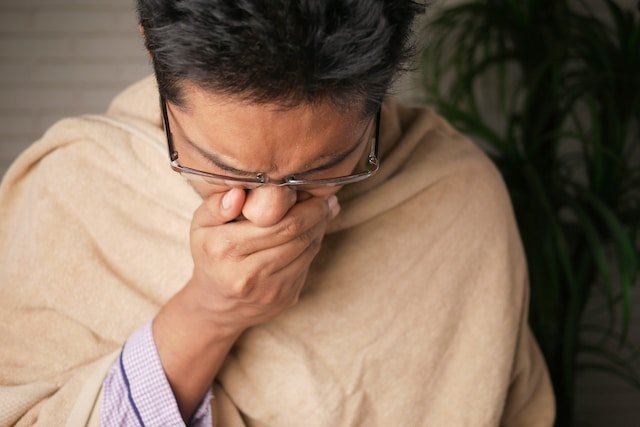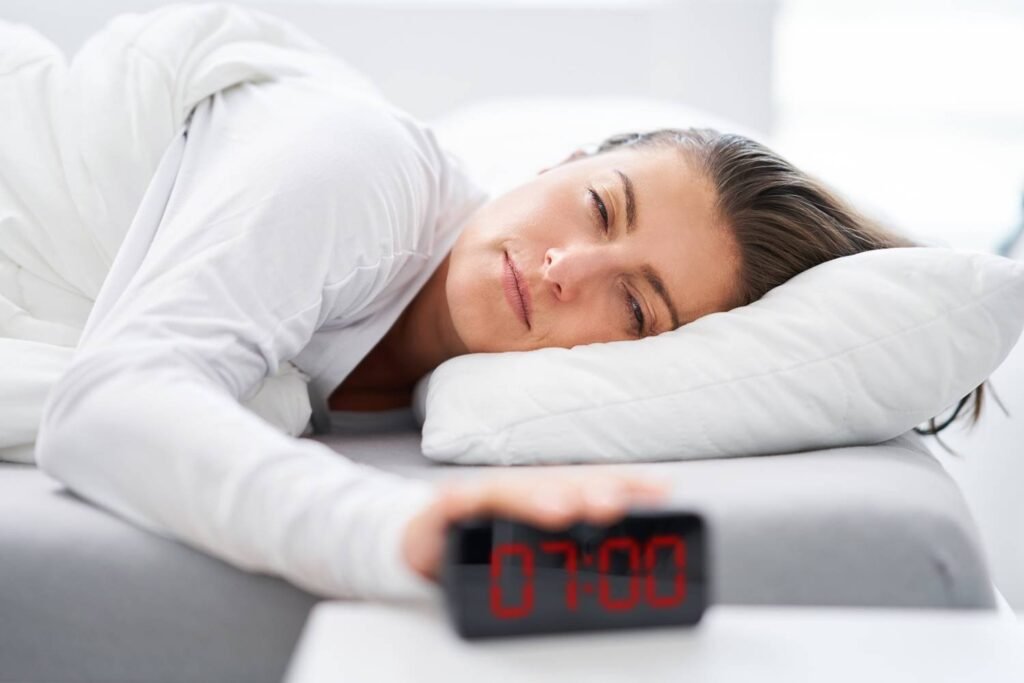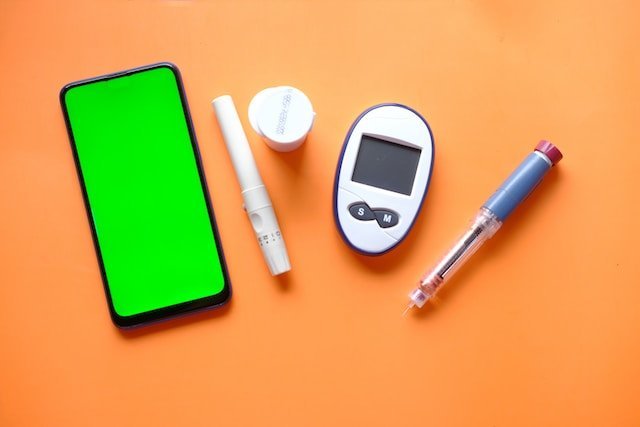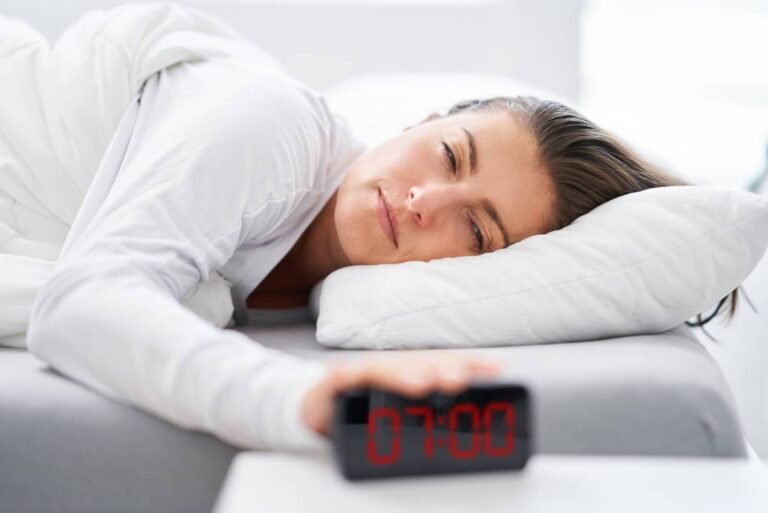Heat-related illnesses, also known as heat-related disorders or heat-related disorders, are a group of medical conditions that can occur when the body is unable to regulate its temperature properly in response to excessive heat. These conditions can range from mild to severe and can be life-threatening if not treated promptly. Heat-related illnesses typically occur when the body’s cooling mechanisms, such as sweating, become overwhelmed by high temperatures and humidity.
Here are some common heat-related illnesses:
- Heat Cramps: They are characterized by muscle cramps and spasms, usually in the legs or abdomen. Heat cramps are often caused by dehydration and loss of electrolytes (such as sodium and potassium) through sweating.
- Heat Exhaustion: It can occur when a person is exposed to high temperatures and is not adequately hydrated. Symptoms of heat exhaustion may include heavy sweating, weakness, dizziness, nausea, vomiting, headache, and an elevated heart rate.
- Heatstroke: Heatstroke is the most severe heat-related illness and is a medical emergency. It occurs when the body’s core temperature rises to a dangerous level, usually above 104 degrees Fahrenheit (40 degrees Celsius). Heatstroke can lead to confusion, altered mental state, seizures, loss of consciousness, and even organ failure. Without prompt medical treatment, heatstroke can be fatal.
Other common heat related illness:
- Heat Syncope: Heat syncope is a fainting episode that can occur in response to high temperatures. It is often triggered by standing or sitting in the heat for long periods, which can cause a drop in blood pressure. Symptoms include lightheadedness, fainting, and rapid pulse.
- Heat Rash: Heat rash, also known as prickly heat, is a skin condition that results from blocked sweat ducts. It can cause red, itchy, and sometimes painful bumps on the skin. Heat rash is more of a discomfort than a serious medical condition.
- Dehydration: While not a heat-related illness per se, dehydration is a common risk factor for heat-related disorders. In hot weather, the body loses fluids through sweating, and if these fluids are not adequately replaced, it can lead to dehydration. Dehydration can exacerbate other heat-related illnesses.
Preventing heat-related illnesses involves staying hydrated, wearing appropriate clothing, and taking breaks in the shade or air-conditioned environments during hot weather. It’s also important to be aware of the symptoms and signs of heat-related illnesses and seek medical attention if they occur, especially in the case of heatstroke, which requires immediate treatment. Vulnerable populations, such as the elderly, young children, and individuals with certain medical conditions, are at higher risk and should take extra precautions in hot weather.
How to treat heat-related illness
The treatment for heat-related illnesses varies depending on the severity of the condition. Here are general guidelines for treating heat-related illnesses:

- Move to a Cooler Environment: The first step in treating a heat-related illness is to get the affected person out of the heat and into a cooler environment. If possible, move them into an air-conditioned building or a shaded area.
- Hydration: Encourage the person to drink fluids, preferably water or a sports drink that contains electrolytes. Hydration is crucial in treating and preventing heat-related illnesses, as it helps the body cool down and replace lost fluids.
- Rest: Have the individual rest and lie down, especially if they are experiencing symptoms like dizziness or weakness. Elevating their legs slightly can help improve blood circulation.
- Loosen Clothing: If the person is wearing tight or heavy clothing, help them remove or loosen it to aid in cooling.
- Cooling Measures:
- Apply cool, damp cloths or ice packs to the person’s forehead, neck, armpits, and groin to help lower their body temperature.
- If available, use a fan or air conditioning to help with cooling.
- You can also mist the person with water and use a fan to enhance the cooling effect.
- Monitor: Continuously monitor the person’s condition. If their symptoms improve and they start to feel better, that’s a positive sign. However, if their condition worsens or does not improve, seek medical attention immediately.
How to treat other specific heat related illness:
- Heat Cramps: In addition to the above steps, gently massage and stretch the affected muscles. Drinking fluids with electrolytes can help relieve cramps.
- Heat Exhaustion: If someone is experiencing heat exhaustion, it’s important to take it seriously. Follow the general treatment steps mentioned above and seek medical attention if symptoms do not improve within 30 minutes or if the person is vomiting.
- Heatstroke: Heatstroke is a medical emergency. Call 911 (or the emergency number in your region) immediately if you suspect someone has heatstroke. While waiting for medical help, continue to cool the person using the methods mentioned above, paying extra attention to cooling their body as quickly as possible. Immerse them in a cool bath if available.
Remember, heatstroke can be life-threatening, so it’s crucial to act quickly and get professional medical help. Prevention is the best approach to dealing with heat-related illnesses.
When should you consult a doctor about heat related illness and not treat on your own:
Consulting a doctor for heat-related illnesses is important, especially if the condition is moderate to severe. Here are some guidelines on when to seek medical attention:
- Heat Cramps: Heat cramps are usually not a serious condition on their own, but they can be a warning sign of more severe heat-related illnesses. If someone experiences persistent or severe muscle cramps that do not improve with rest and hydration, it’s a good idea to consult a doctor.
- Heat Exhaustion: Heat exhaustion is a more serious condition and should prompt a visit to a healthcare professional. Seek medical attention if:
- The person’s symptoms do not improve within 30 minutes of rest and hydration.
- They are vomiting persistently.
- They have a high fever (above 104°F or 40°C).
- They are exhibiting signs of confusion, dizziness, or an altered mental state.
- They have a rapid or irregular pulse.
- Heatstroke: Heatstroke is a medical emergency and requires immediate attention. Call 911 (or the emergency number in your region) or go to the nearest emergency room if someone shows signs of heatstroke, including:
- A body temperature above 104°F (40°C).
- Confusion, altered mental state, or loss of consciousness.
- Rapid and shallow breathing.
- Seizures.
- An extremely rapid or irregular pulse.
- Skin that is hot, dry, and flushed.
In cases of heatstroke, every minute counts, so do not delay in seeking medical help. Do not self-treat yourself to heat related illness.
Indeed, certain segments of the population are more vulnerable to heat-related illnesses. The elderly, young children, pregnant women, and those with specific medical conditions are particularly at risk. These individuals often struggle to regulate their body temperatures effectively. Consequently, during hot weather, it’s imperative to keep a vigilant eye on them. Any indications of heat-related illnesses, like heat exhaustion or heatstroke, should not be underestimated. Swift action is crucial in such cases, as their susceptibility heightens the potential severity of these conditions. By being attentive and responsive, we can help safeguard the health and well-being of these vulnerable individuals during periods of extreme heat.
Conclusion
Prevention is key in avoiding heat-related illnesses. Stay well-hydrated, avoid excessive heat exposure, wear appropriate clothing, and take breaks in cooler environments during hot weather to reduce the risk of these conditions in the first place.
Other blog post about healthy living and diet:






















